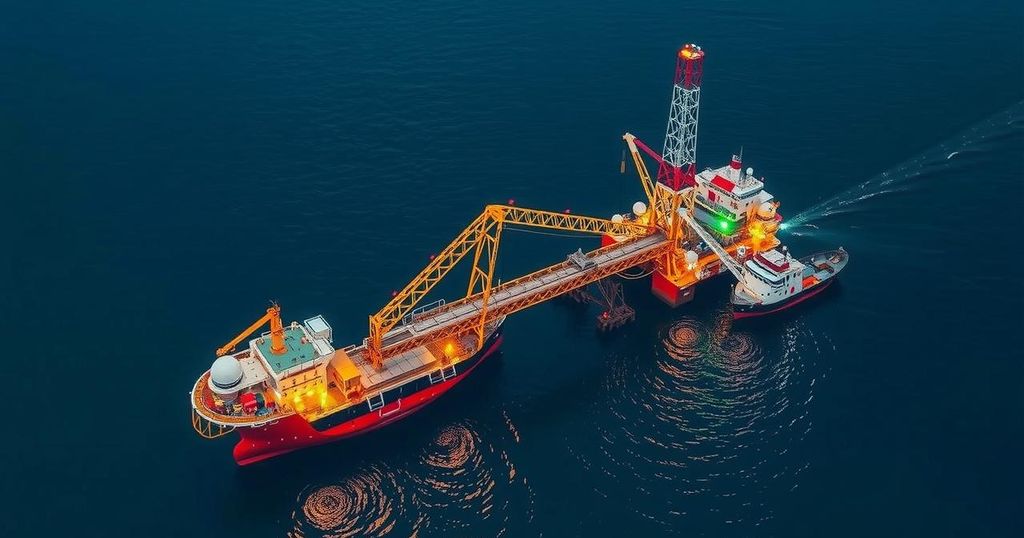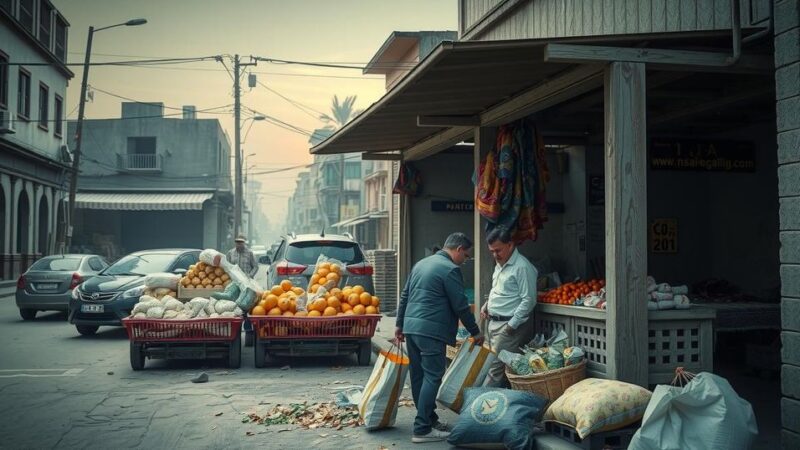Guyana and Suriname are set to become major LNG producers, targeting 12 million metric tonnes annually by the 2030s. This expansion is driven by substantial investments from Exxon Mobil and TotalEnergies, as these nations capitalize on a shift towards cleaner energy. Their initiatives hold the potential to fill a projected global LNG supply gap of 105 million metric tonnes by 2035, despite facing challenges such as commercial agreements and fiscal uncertainties.
Guyana and Suriname are emerging as significant contributors to the global liquefied natural gas (LNG) market, aiming to produce 12 million metric tonnes annually by the 2030s. This development is facilitated by major investments from energy giants Exxon Mobil and TotalEnergies, focusing on key offshore fields, including Suriname’s Block 52 and Guyana’s Haimara cluster. These efforts target approximately 13 trillion cubic feet of discovered natural gas, aligning with a worldwide shift towards cleaner energy sources by transitioning industrial demand from coal to LNG.
The global energy landscape is undergoing profound changes as nations seek cleaner energy alternatives. Recent investments in LNG production by Guyana and Suriname mark a critical shift, particularly as analysts predict that transitioning from coal to LNG can significantly reduce greenhouse gas emissions. With Wood Mackenzie estimating a competitive breakeven price of $6 per million BTU for the new projects, the potential for these South American countries to alleviate a projected global LNG supply gap of 105 million metric tonnes by 2035 becomes increasingly viable.
In conclusion, the entrance of Guyana and Suriname into the LNG market represents a transformative opportunity for both nations and the global energy sector. Their proximity to key markets, coupled with substantial investments, positions them favorably to address the rising demand for cleaner energy solutions. Moving forward, the dynamics of global LNG supply may experience a significant shift, driven by these emerging players as traditional suppliers face regulatory challenges. Investors should monitor developments closely to fully grasp the implications of this evolving market landscape.
Original Source: finimize.com






